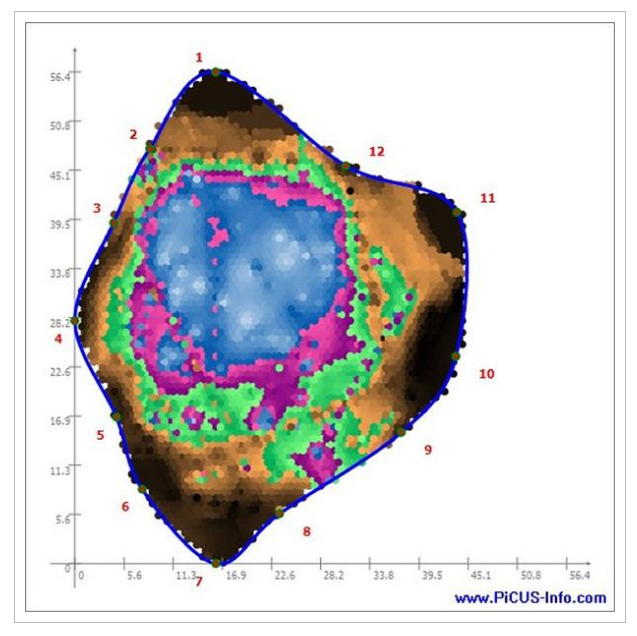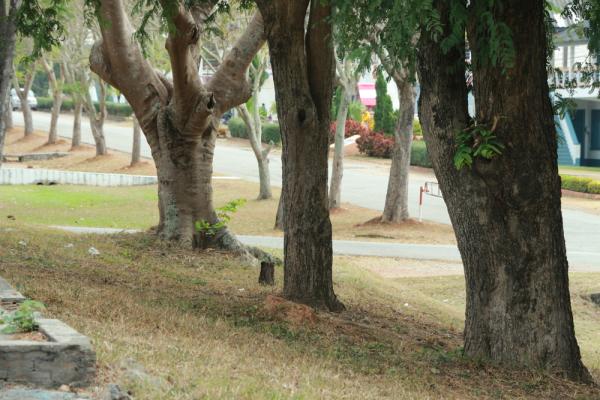In evaluating the health of living things – whether they be humans, plants or animals – when advanced age or decay sets in we can observe the physical changes as they happen with our own eyes.
The same, however, cannot be said when studying trees. That's because when they're stricken by old age or disease, they rot, invisibly, from the inside out. And not knowing their true health misleads foresters and scientists around the globe who track climatic shifts and other natural occurrences.
As a result, foresters, arborists and researchers obtain their tree health data employing an alternative method: sound waves. However, while that method – called sonic tomography – is fascinating and revealing, it has its limitations since previously it could only be deployed on trees with cylindrical trunks.
But a new study, just published in Applications in Plant Sciences, claims to have taken sonic tomography to the next level, where now irregular-shaped trunks, which are predominately found in tropical climates, can be analyzed as well. And according to the research team headed by Greg Gilbert, lead author of the study and Professor and Chair of the Department of Environmental Studies at the University of California, Santa Cruz, evaluating tree decay "is of special concern in the tropics because tropical forests are estimated to harbor 96% of the world's tree diversity and about 25% of terrestrial carbon, compared to the roughly 10% of carbon held in temperate forests."
 Here's how sonic tomography works: The procedure sends sound waves into the trunks, and according to a statement released this week from the Botanical Society of America, "the longer it takes for a sound wave to traverse a trunk, the more decayed the wood. Based on the velocity of sound, the tomograph ... makes a color-coded image (courtesy of Javier O. Ballesteros and Gregory S. Gilbert) of a cross section of the trunk."
Here's how sonic tomography works: The procedure sends sound waves into the trunks, and according to a statement released this week from the Botanical Society of America, "the longer it takes for a sound wave to traverse a trunk, the more decayed the wood. Based on the velocity of sound, the tomograph ... makes a color-coded image (courtesy of Javier O. Ballesteros and Gregory S. Gilbert) of a cross section of the trunk."
Gilbert and his team traveled to Panama, where researchers examined 173 species in the rainforest, and over 1,800 trees overall. What they concluded was that "sonic tomography, coupled with image analysis, provides an efficient, noninvasive approach to evaluate decay patterns and structural integrity of even irregularly shaped living trees."
Building on previous work, this study included better placement of sensors on the tree, which provided more detailed results to pinpoint where wood rot occurred. Advancements in this field can also have practical applications outside of forests, among them using the technology to identify oddly-shaped diseased trees before they topple on houses or people.
Source: Gregory S. Gilbert et al. "Use of sonic tomography to detect and quantify wood decay in living trees." App Plant Sci 4 (12): 1600060. (2016) doi:10.3732/apps.1600060




